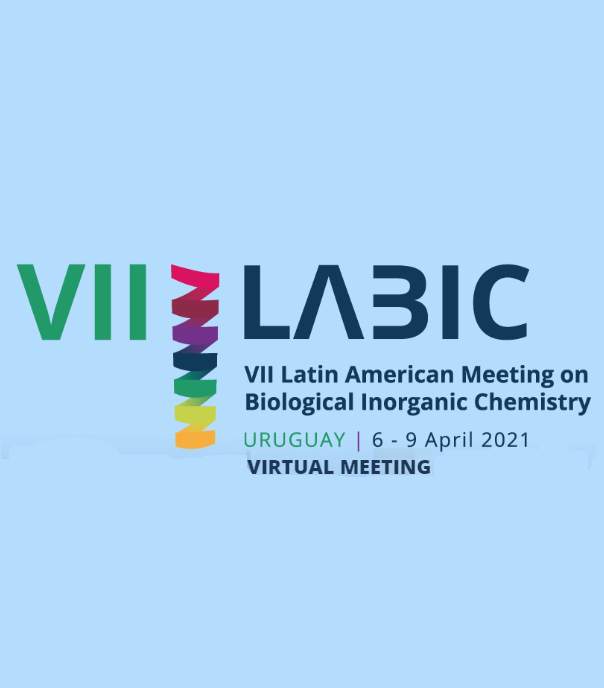NEW HOT TOPIC ARTICLE!
- Gonzalo Scalese
- 15 may 2021
- 2 Min. de lectura
New Pd–Fe ferrocenyl antiparasitic compounds with bioactive 8-hydroxyquinoline ligands: a comparative study with their Pt–Fe analogues
Feriannys Rivas, Andrea Medeiros, Cristina Quiroga, Diego Benítez,
Marcelo Comini, Esteban Rodríguez-Arce, Ignacio Machado,
Hugo Cerecetto and Dinorah Gambino
Dalton Transactions 2021, 50, 1651–1665
DOI: 10.1039/D0DT03963B
Abstract:
In the search for a more effective chemotherapy for the treatment of Human African Trypanosomiasis, a disease caused by the parasite Trypanosoma brucei, the development of ferrocenyl compounds has arisen as a promising strategy. In this work, five new Pd–Fe heterobimetallic [PdII(L)(dppf)](PF6) com-pounds, including 8-hydroxyquinolyl derivatives HL1–HL5 as bioactive ligands and dppf = 1,1’-bis(diphenyl-phosphino)ferrocene as the organometallic co-ligand, were synthesized and fully characterized in the solid state and in solution. Molecular structures of three compounds were solved by single crystal X-ray diffraction methods. The compounds displayed submicromolar or micromolar IC50 values against blood-stream T. brucei (IC50: 0.33–1.2 μM), and good selectivity towards the pathogen (SI: 4–102) with respect to mammalian macrophages (cell line J774). The new Pd complexes proved to be 2-fold to 45-fold more potent than the drug nifurtimox but most of them are less active than their Pt analogues. Potential mole-cular targets were studied. The complexes interact with DNA but they do not alter the intracellular thiol-redox homeostasis of the parasite. In order to understand and predict the main structural determinants on the anti-T. brucei activity, a search of quantitative structure–activity relationships (QSAR) was per-formed including all the [M(L)(dppf)](PF6) complexes, where M = Pd(II)or Pt(II), currently and previously developed by us. The correlation obtained shows the relevance of the electronic effects, the lipophilicity and the type of metal. According to the QSAR study, compounds with electron-withdrawing ligands, higher lipophilicity and harboring Pt would result in higher T. brucei cytotoxicity. From the whole series of [M(L)(dppf)](PF6) compounds developed, where M = Pt(II) or Pd(II) and HL = 8-hydroxyquinolyl derivatives, Pt-dppf-L4 (IC50 = 0.14 µM, SI = 48) was selected to perform an exploratory pre-clinical study in infected mice. This hit compound lacks acute toxicity when applied to animals in the dose/regimen described and exerts an anti-proliferative effect on parasites, which extends animal survival but is not curative.




Comentarios